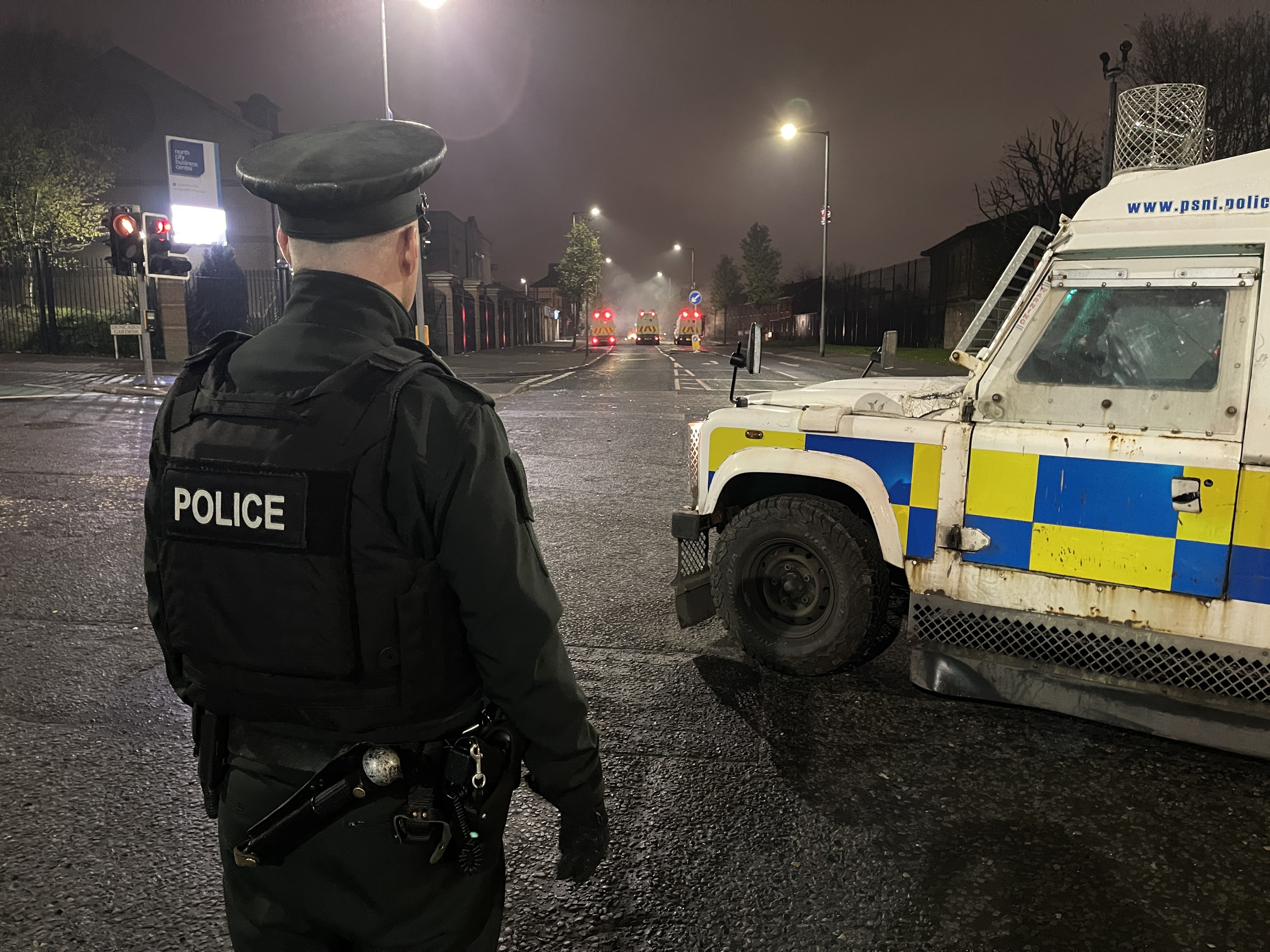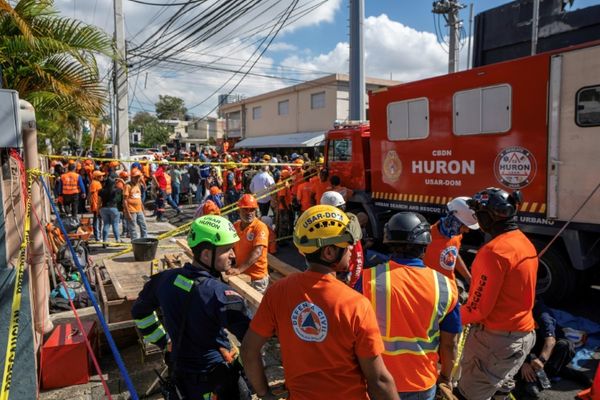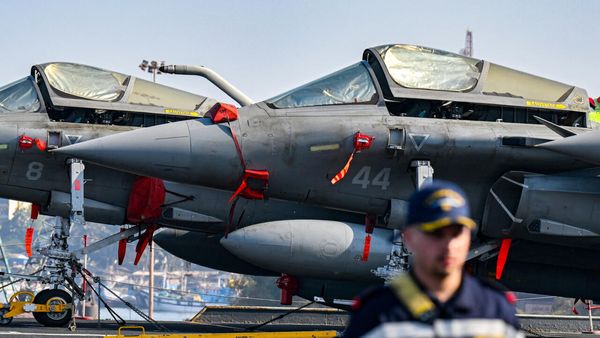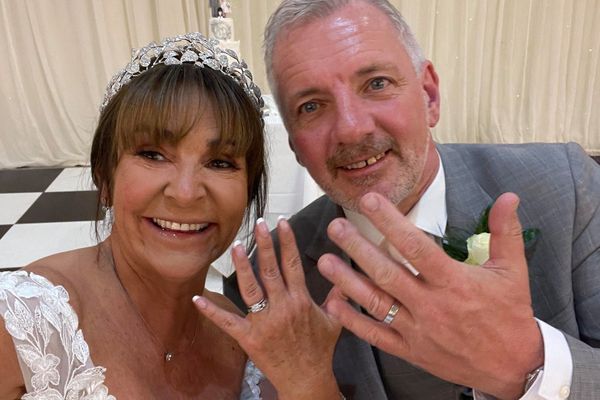
Paramilitaries in Northern Ireland are increasingly using social media to incite violence and issue threats, MPs have been warned.
Members of the Northern Ireland Affairs Committee heard how the illegal groups are using the internet to stoke community tensions and organise disorder in the region.
Three academic experts gave evidence to the committee on the first day of its new inquiry into the effect of paramilitarism on society in Northern Ireland.
Committee chair Simon Hoare MP asked to what extent the “invisible but often pernicious” social media platforms were being exploited by the armed criminal organisations.
Dr Siobhan McAlister, a senior lecturer in criminology at Queen’s University Belfast, said anonymous paramilitary threats could be issued on social media.
“Some young people talk about receiving threats via social media as well and they never know how real those threats are or whether they’re ever lifted,” she said.
“So often, you know, (they are) long term living under this kind of fear that they could be attacked at any time.”
Dr McAlister also referred to research indicating the use of social media to incite young people towards rioting.

Her Queen’s colleague Dr Colm Walsh, a research fellow in the School of Social Sciences, Education and Social Work, echoed that view.
“I think it was very clear from what the young people were saying on those kind of pull factors towards the riots that there was definitely a social media aspect to that, which is interesting and it’s also dangerous,” he said.
“Because when we put that in the context of criminal exploitation, a lot of the times the messages that young people were getting weren’t directly from paramilitary groups, they weren’t from individuals that they believed to be associated with paramilitary groups.
“But, actually, there was a snowball effect which often happens that messages and requests to attend in certain places kind of go viral within peer groups.
“But if you work it back, it was very clear that that was instigated and it was organised and one can assume that the individuals who were organising were associated with parliamentary groups.”
At one point in the hearing, Mr Hoare read a post he had been alerted to on Facebook that was encouraging loyalist paramilitaries to unite in one organisation to “fight” Irish unity.
“Are the social media platforms doing enough conscious of the history to monitor more closely these things and take down what is clearly a clarion call to violence and illegality,” the chair asked.
Prof Duncan Morrow, professor in Politics and director of Community Engagement at Ulster University, said there was a double-edged aspect to social media.
He said there were issues over what social media companies were allowing to be posted on their platform.
However, he also pointed out that social media activity could also provide an “indicator” of what was actually going on within communities.
He said: “So, there’s both the direct issue with the social media providers and what they’re allowing on to their platforms, but also then the recognition that some of this is reflective of discussions that young people are in, from all sorts of different pressures, and is a very good for us as a wake-up call that some of these things are moving around our community.”
He added: “There’s no doubt at all that it (social media) amplifies the coercion on young people.”







